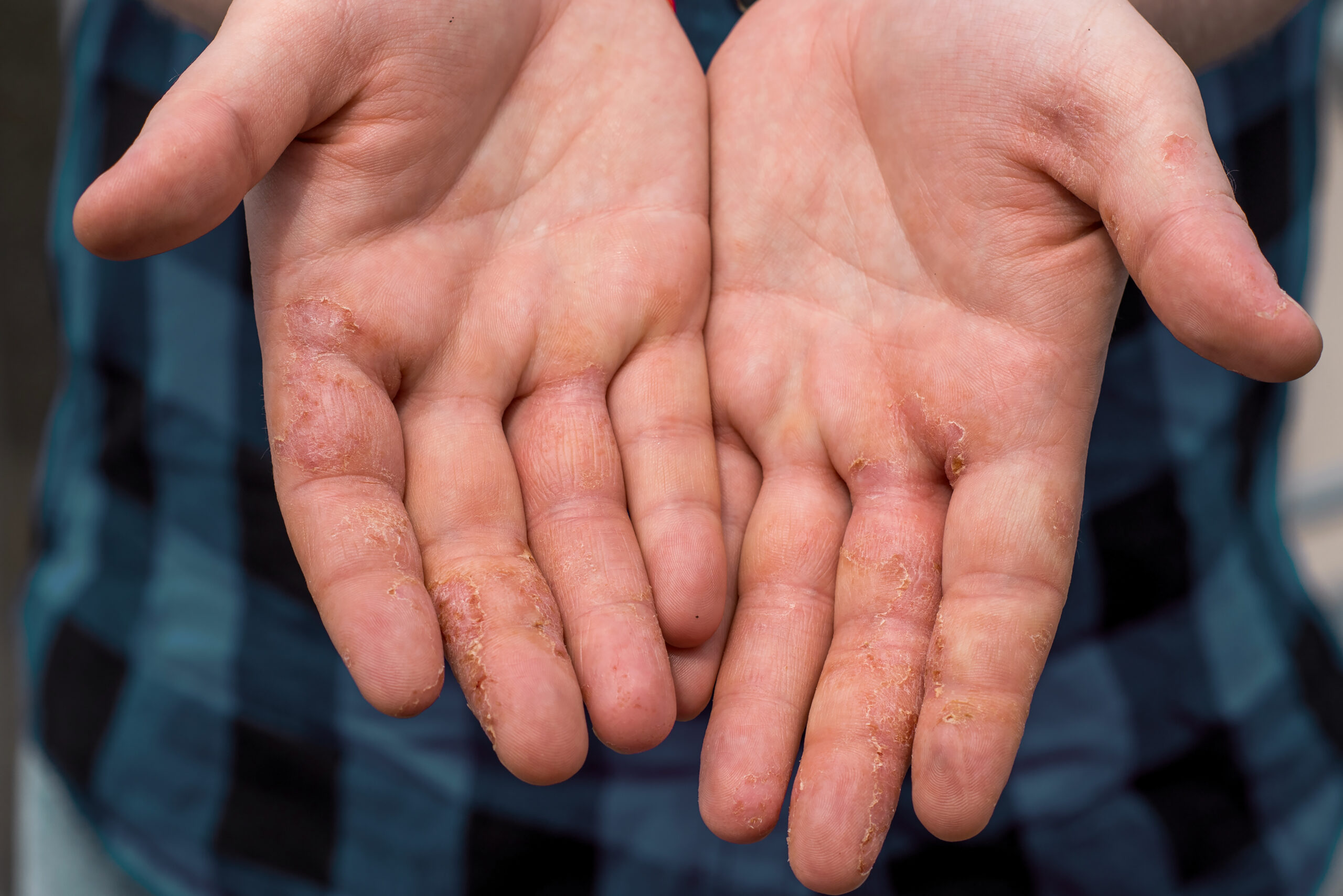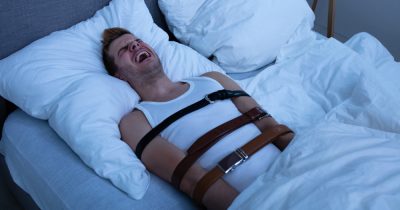
There are many skin disorders that can rear their head and make life a misery. Fortunately we live in an age where many such conditions are treatable, but that doesn’t mean there aren’t complications that can arise.
One type of skin condition that is often the bane of anyone who suffers from it is dyshidrotic eczema. If you’ve ever suffered from eczema, you’ll know how much of a bother it can be. Traditional eczema symptoms consist of dry, itchy patches of skin, whereas with dyshidrotic eczema, the symptoms are small, itchy blisters.
Also known as dermatitis, eczema refers to a group of diseases that cause skin inflammation. In the US alone, it’s reported that eczema affects an estimated 31.6 million people – roughly around 10% of the population.
A common – and extremely bothersome – form of eczema is the one we mentioned above: dyshidrotic eczema. As per the Cleveland Clinic, it causes tiny, itchy blisters appear on your hands and feet. They can crack and peel as they heal, eventually resolving with scaling after a few weeks.
Triggers may include allergies, stress and frequently moist or sweaty hands and feet.
Common symptoms of dyshidrotic eczema include deep-set blisters on the hands and feet, itching, redness, flaking, scaly, cracked skin, and pain. If you suspect you may have the condition, you should ensure you’re properly diagnosed by a medical professional before starting treatment.

As per reports, people with contact dermatitis, atopic eczema, or hay fever have a higher risk of developing dyshidrotic eczema. The resulting sore patch of skin can have a tendency to become infected, thus delaying the healing process.
According to the Cleveland Clinic, healthcare providers aren’t currently sure what causes dyshidrotic eczema, and so there’s no surefire way of preventing flare-ups from taking place.
That said, an effective skincare routine can bolster your skin’s resistance to inflammation.
As stands, the most conventional treatment for dyshidrotic eczema are creams, though there are other treatments available. These include UV light treatments, antihistamines, various anti-itch creams, and immune-supressing ointments, such as Protopic and Elidel.
Otherwise, maintaining clean and moisturized skin is one of the more effective methods for managing eczema, while several at-home hacks might help you manage symptoms.
One such is the cold compress, which can primarily help reduce inflammation of the skin. Soak the affected area, apply a cold compress, and hold it here for 15 minutes. Repeat this process two to four in a single day and then apply moisturizer for maximum effectiveness.
Another tried and trusted method is the use of aloe vera. Break off a piece of the plant and apply the thick gel to an inflamed area of skin. Aloe vera lotion can also be purchased from pharmacies.
Do you have any experience with eczema? Let us know your tips and tricks for managing symptoms.
READ MORE
- If you see someone with bulging veins, you must tell them these things
- 9 alarming signs of diabetes you should never ignore




